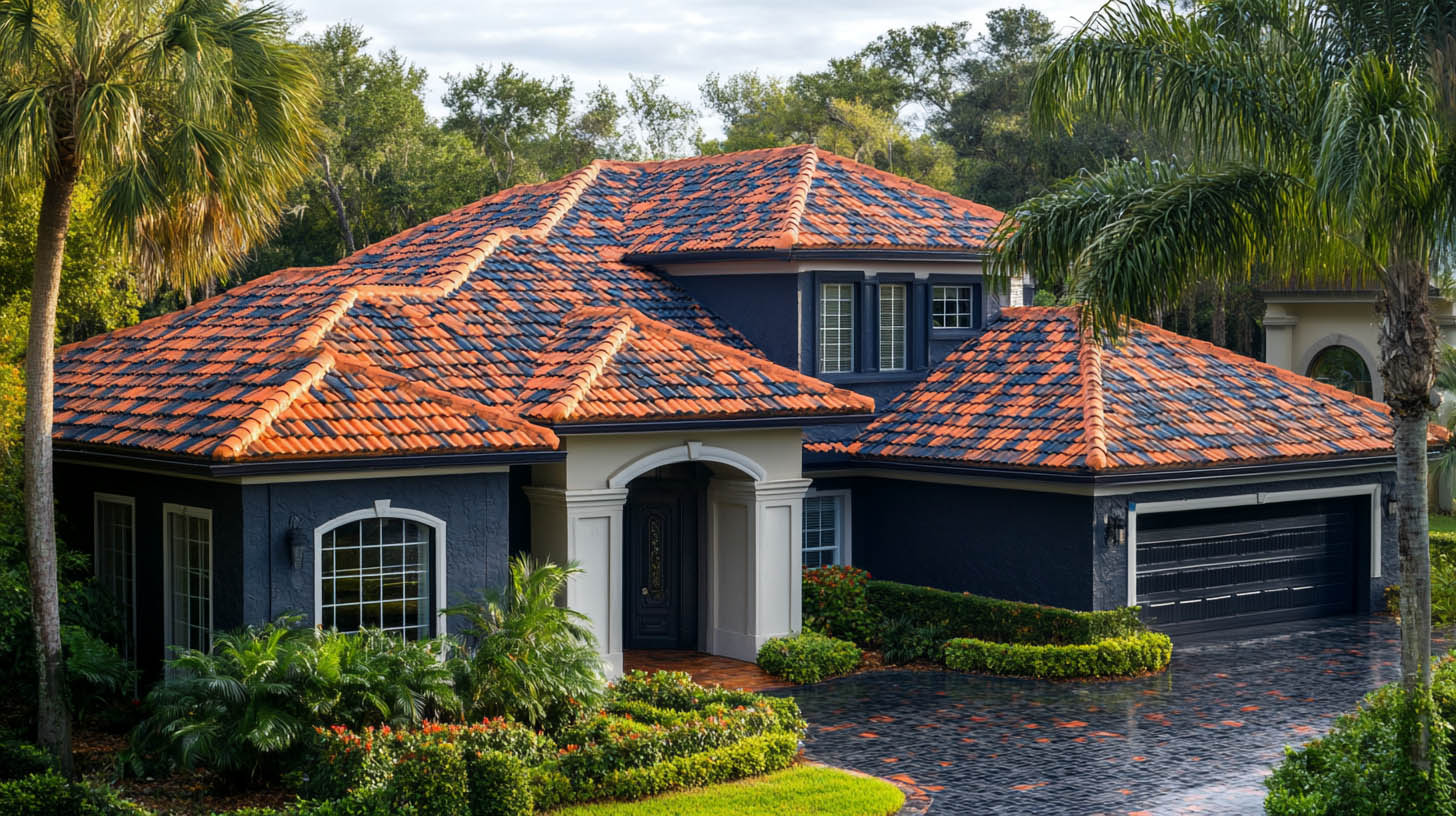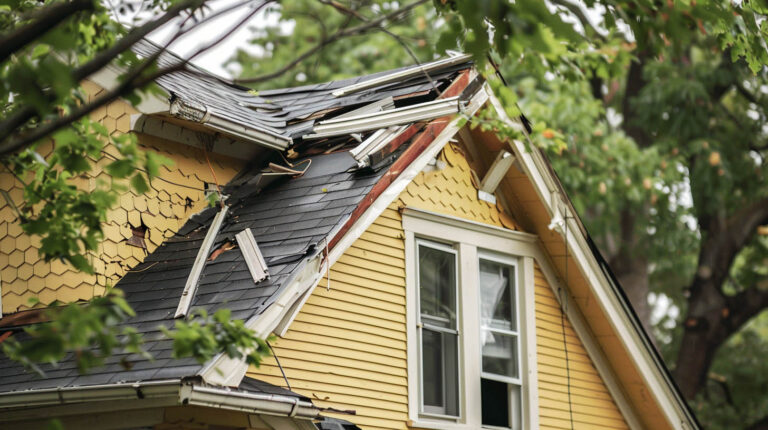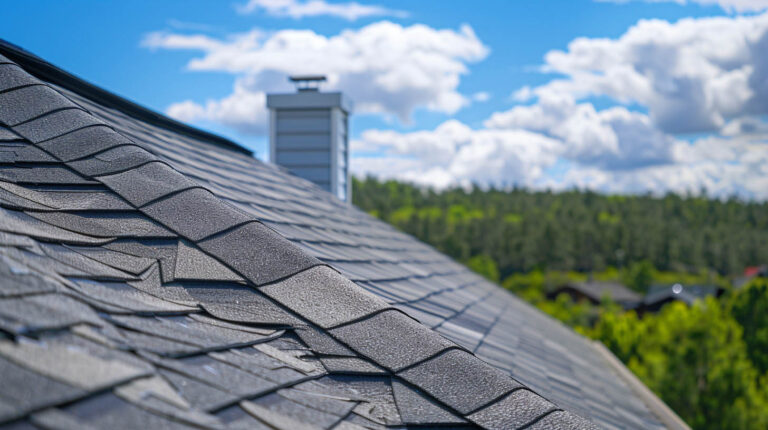
Blog
Florida Roof Replacement Costs in 2024: What to Expect
Replacing a roof in Florida is a significant investment, influenced by multiple factors including material choice, roof size, and installation complexity. For homeowners in Jacksonville, understanding the various cost drivers can help in budgeting and planning for a roof that withstands Florida’s challenging weather. At Avenue Roofing, we’re dedicated to delivering durable and cost-effective solutions tailored to the needs of Florida residents.

What Impacts Roof Replacement Costs in Florida?
1. Roofing Material Selection
The choice of roofing material is a primary factor in replacement costs. Materials vary widely in price and durability, each suited to different needs and budgets. Common materials and their estimated costs per square foot include:
| Roofing Material | Small Roof (1,000 sq ft) | Medium Roof (1,000-2,500 sq ft) | Large Roof (2,500+ sq ft) | Cost per Sq. Ft. |
| Asphalt Shingles | $3,500 – $7,000 | $7,000 – $17,500 | $17,500+ | $3.50 – $7.00 |
| Synthetic Tiles | $7,000 – $15,000 | $15,000 – $37,500 | $37,500+ | $7.00 – $15.00 |
| Metal Roofing | $5,000 – $17,000 | $17,000 – $42,500 | $42,500+ | $5.00 – $17.00 |
| Concrete Tiles | $10,000 – $20,000 | $20,000 – $50,000 | $50,000+ | $10.00 – $20.00 |
Interesting Fact: In Florida, metal roofs, known for high durability, can outlast asphalt shingles by up to 30 years, but they also come at a higher initial cost.
2. Roof Size and Structural Complexity
The larger the roof, the more materials and labor required, raising the overall cost. Additionally, complex roof designs with multiple slopes, levels, or architectural features such as skylights and chimneys require more detailed work and thus increase labor expenses.
3. Removal of the Existing Roof
The cost of roof replacement includes removing any existing layers of roofing material, which adds labor and disposal fees to the project. Removal of multiple layers is more labor-intensive and costly. Additionally, proper disposal of the materials, ensuring compliance with environmental standards, may slightly increase the total cost.
4. Roof Deck Repairs
During a replacement project, contractors inspect the roof deck (the underlying structure supporting the roofing materials). If the deck is damaged or weakened by rot or mold, it must be repaired before the new roof is installed. This can add considerable expense to the project, but is essential for a safe, durable roof.
5. Accessibility and Labor Costs
Homes located in challenging areas, such as steep terrains or urban settings with limited access, require extra labor and specialized equipment. In these cases, additional costs are incurred due to the increased difficulty of the installation.
When to Replace Instead of Repair: Guidelines for Florida Homeowners
Roof replacement isn’t always necessary. There are a few key factors to determine if a repair may be sufficient:
- Age of the Roof: Asphalt roofs generally last between 15 and 20 years, and other materials nearing their expected lifespan may also need replacement.
- Extent of Damage: In cases where over 25% of the roof is damaged, Florida’s 25% Rule mandates a full replacement. If multiple areas across the roof are damaged, replacement is more cost-effective than repeated repairs.
- Repair Costs Near Replacement Costs: When repair costs are close to those of a new roof, replacement is generally recommended to avoid further expenses in the future.
Additional Cost Considerations for Roof Replacement
Roof Size and Complexity
Larger roofs naturally require more materials and labor, increasing costs. Complex roofs with additional features, such as multiple slopes or skylights, demand more time and expertise, further impacting the overall cost.
Disposal of Old Roofing
Proper disposal and cleanup after a roof replacement add to the total cost. This includes debris removal and final site cleanup, which should be factored into the overall project budget.
Roof Accessibility
The accessibility of your roof plays a role in labor costs. Difficult-to-access areas, such as steeply pitched roofs, require specialized equipment and additional labor, contributing to higher costs.
Did You Know? Replacing a roof in steep or challenging areas can add an additional 15% to labor costs due to the need for safety equipment and extra time.
FAQs on Roof Replacement Costs in Florida
Q1: Are roofing materials with higher upfront costs more economical in the long run?
Yes, materials like metal and tile have higher initial costs but offer longer lifespans and lower maintenance, resulting in long-term savings.
Q2: How does the 25% Rule impact roof replacement costs?
Florida’s 25% Rule requires a full replacement if over 25% of the roof is damaged within a year. This regulation ensures structural integrity but can increase costs if widespread damage occurs.
Q3: What additional fees should I expect when replacing a roof?
Additional fees may include old roof removal, disposal, repair of the roof deck, and site cleanup. Reputable contractors provide comprehensive quotes that include these costs.
Q4: Does my roof’s design impact the cost?
Yes, complex designs with multiple angles, chimneys, or skylights require more labor and materials, resulting in higher costs.
Q5: How often should I get quotes from multiple roofing companies?
It’s recommended to get quotes every 5-10 years or after significant storm damage, as market rates and material prices may fluctuate.
Conclusion
Roof replacement in Florida can be a significant investment, influenced by material choice, roof size, and design complexity. By choosing a reputable contractor, homeowners can ensure transparent quotes, quality materials, and durable installations that protect their property and maximize the value of their investment. Avenue Roofing offers expert services tailored to the unique demands of Florida’s climate, ensuring that your roof is both cost-effective and built to last.
To learn more about how long a roof should last in Florida, click here.



